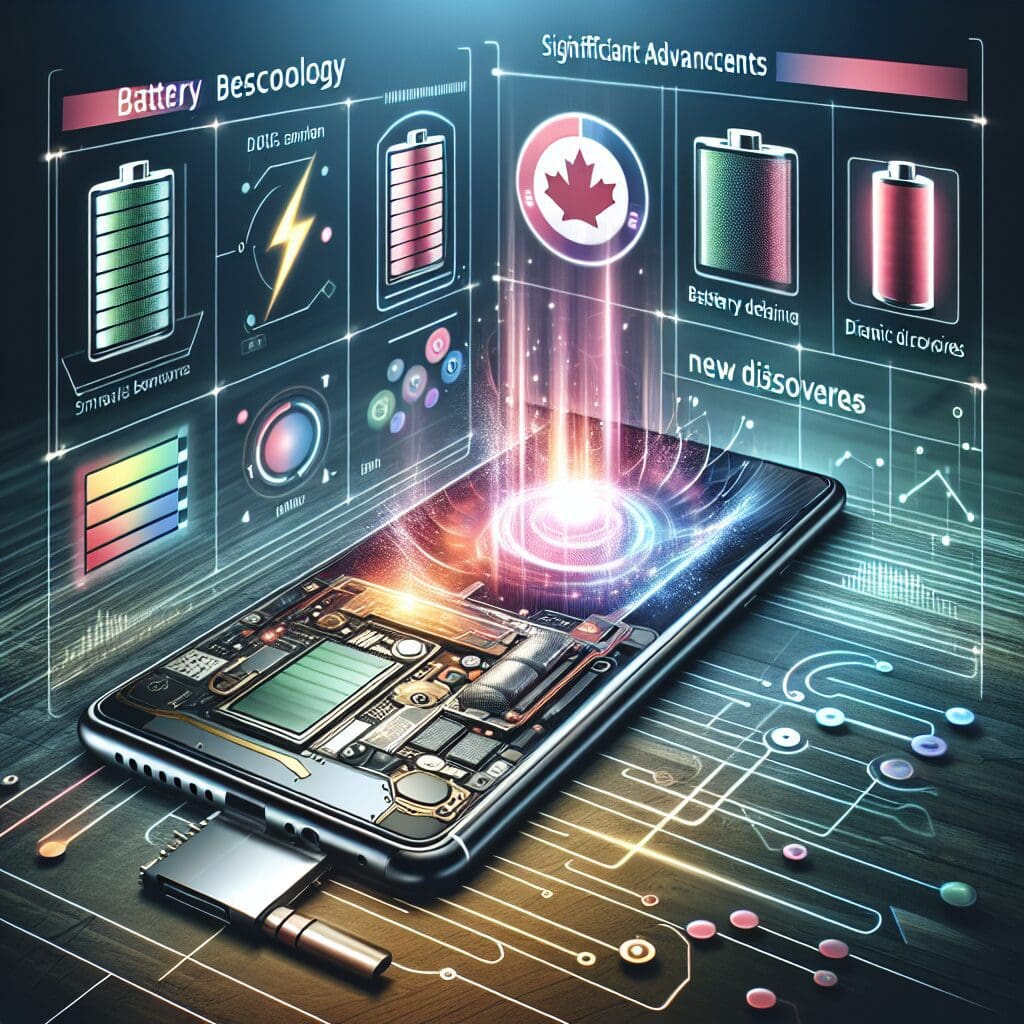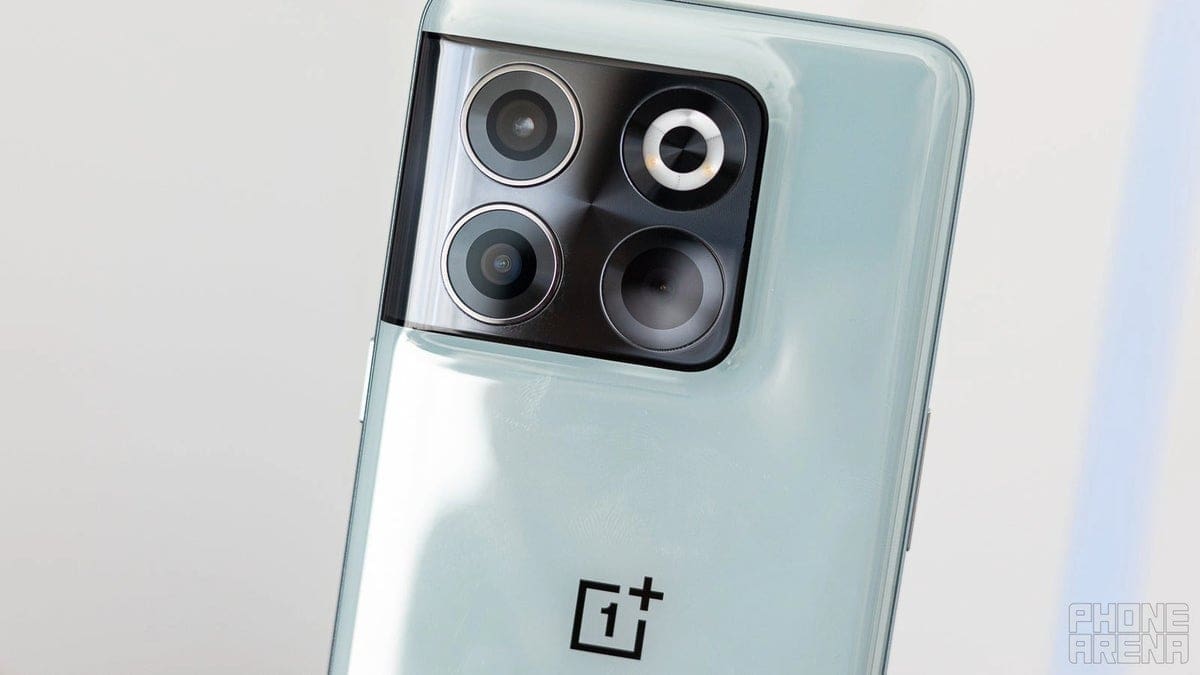SpaceX is making significant strides towards offering Direct to Cell services to T-Mobile customers by the end of this year. This exciting development was first announced in 2022 when SpaceX revealed plans to utilize its Starlink satellites in conjunction with T-Mobile’s network to enhance connectivity in areas with weak or no signals. The innovative approach involves utilizing satellites as cell towers in space, marking a groundbreaking advancement in telecommunications.
Recent developments indicate that the Direct to Cell service is gearing up for a commercial launch. Notably, the second Android 15 beta introduced the satellite messaging option to many T-Mobile users, setting the stage for upcoming advancements. A recent FCC filing in May confirmed that Direct to Cell services will be available in the US by fall, further solidifying SpaceX and T-Mobile’s commitment to delivering cutting-edge solutions.
SpaceX has already deployed over a hundred Starlink satellites equipped with Direct to Cell capabilities into orbit, with plans to launch hundreds more throughout the year. Sara Spangelo, the company’s senior director, emphasized these efforts as crucial steps towards ensuring ubiquitous connectivity for T-Mobile customers. This strategic collaboration aims to revolutionize how consumers access and utilize cellular services, setting a new standard for the industry.
Looking ahead, it is anticipated that around 300 phone-connecting satellites will be necessary to fully implement the Direct to Cell service. With an estimated lead time of 18 to 24 months over competitors like AST SpaceMobile and major carriers such as AT&T and Verizon, SpaceX and T-Mobile are poised to redefine satellite-to-cell phone communication for consumers.
In an effort to make this cutting-edge service accessible and user-friendly, T-Mobile may initially offer it for free, particularly for customers on premium plans. Initially limited to text messaging capabilities, future enhancements are expected to include voice and data services by 2025. Notably, compatibility with all LTE-capable phones eliminates the need for specialized equipment, simplifying the user experience.
While this innovative service holds great promise for enhancing connectivity, certain limitations may apply. Indoor usage may be restricted due to satellite signal requirements, necessitating a clear view of the sky for optimal coverage. Despite these considerations, SpaceX and T-Mobile’s collaborative efforts underscore their shared commitment towards advancing telecommunications technology and delivering unparalleled value to consumers.










